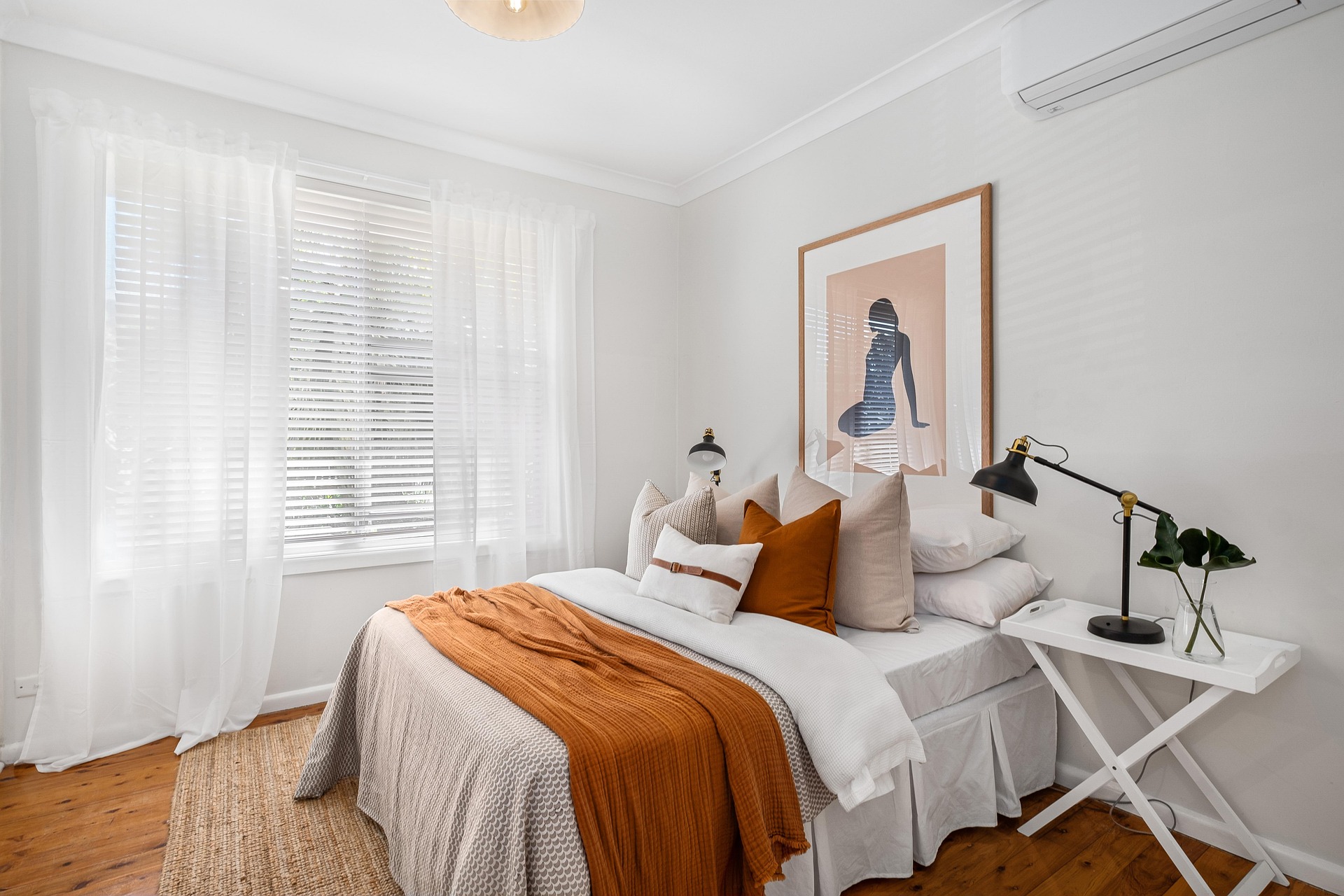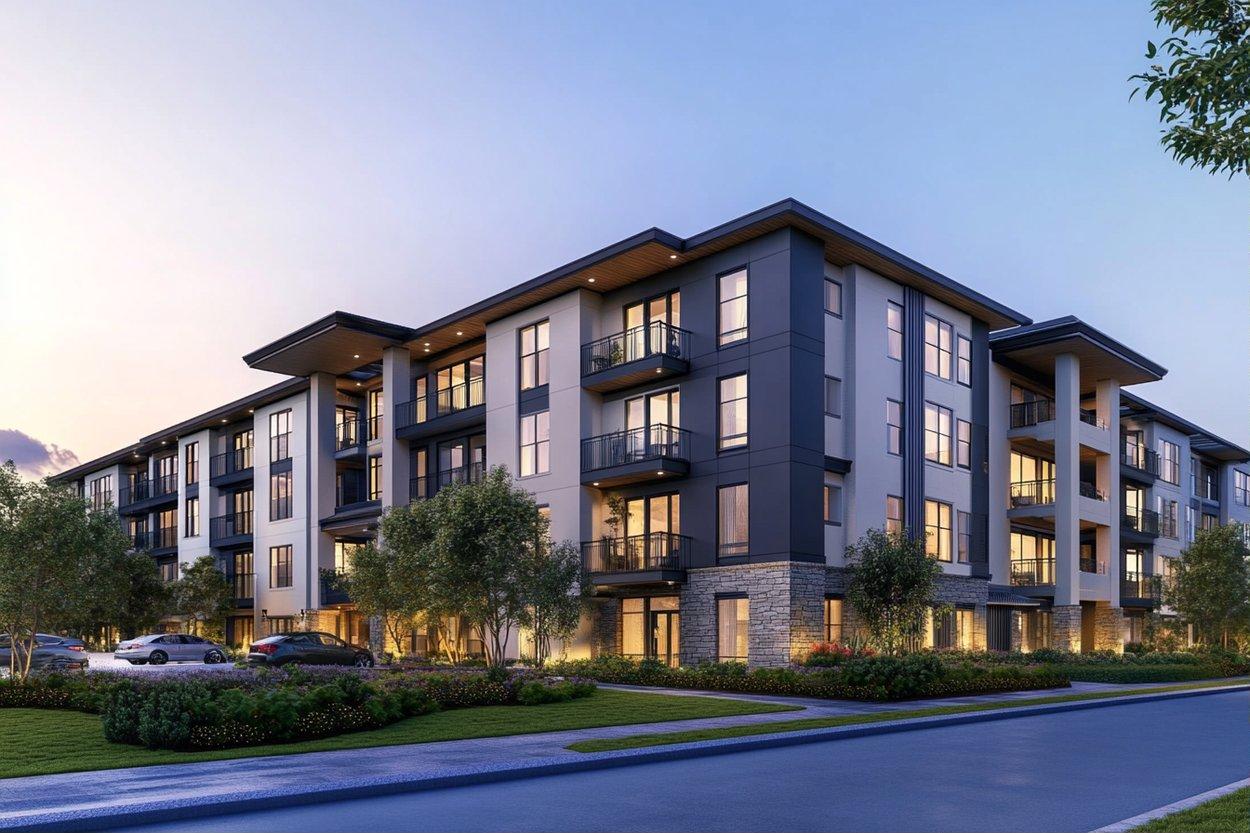Reimagining Space: The Rise of Multifunctional Rooms in Modern Homes
In the world of design, the only constant is change. And as our lifestyles evolve, so do our homes. One of the most significant shifts in recent years is the rise of multifunctional rooms, a trend that is redefining traditional living spaces and challenging the way we think about home design.
Unpacking the Multifunctional Room Movement
To truly understand the emergence of multifunctional rooms, we must first delve into the factors that have shaped this trend. The concept of multifunctional rooms is not new. In fact, it is a practice rooted in history, particularly in societies where space was a luxury. However, the recent resurgence of this trend is a product of our changing lifestyles and values.
We live in a digital age where remote work is increasingly common, and more and more people are seeking ways to balance their professional and personal lives under one roof. Moreover, our growing awareness of the environment and the need for sustainable practices is driving us to maximize the use of resources, including space.
Modern Design Meets Functionality
The rise of multifunctional rooms is reshaping modern design principles. Rather than dedicating separate rooms for distinct purposes, designers are now tasked with creating spaces that can adapt to the diverse needs of homeowners. This trend is all about versatility, efficiency, and smart usage of space.
For instance, a living room might double as a home office during the day and transform into a relaxation zone in the evening. A dining area could also serve as a study or craft room. The possibilities are endless, and the beauty of this trend lies in its flexibility and adaptability.
Practicality and Impact on Daily Living
Multifunctional rooms are gaining popularity for their practical benefits. They maximize space, especially in smaller homes or apartments, making every square foot count. Moreover, they allow homeowners to customize their space according to their unique needs and lifestyle.
Market trends indicate a growing preference for multifunctional spaces. Homebuyers are increasingly looking for homes that offer flexibility and adaptability. The popularity of furniture that caters to this trend, such as convertible desks or modular sofas, is further evidence of this shift.
Balancing Aesthetics and Function
Creating a multifunctional room is not just about packing multiple uses into a single space. It also involves achieving a harmonious blend of aesthetics and function. Designers are using innovative techniques to ensure that these spaces are not only practical but also visually appealing.
One such technique is the use of zoning, where different areas within a room are designated for different functions. This can be achieved through strategic furniture placement, rugs, or even lighting. Another technique is the use of storage solutions that keep the room clutter-free while adding to its aesthetic appeal.
Looking Forward: The Future of Multifunctional Rooms
The rise of multifunctional rooms is a testament to our evolving lifestyles and the dynamic nature of home design. As we continue to seek ways to make our homes more adaptable and efficient, it is clear that this trend is not just a passing fad but a significant shift in the way we think about space.
Whether you’re a homeowner looking to transform your space or a designer seeking inspiration, the multifunctional room movement offers exciting possibilities. It challenges us to rethink the way we use space and invites us to explore the potential of our homes beyond traditional boundaries.






